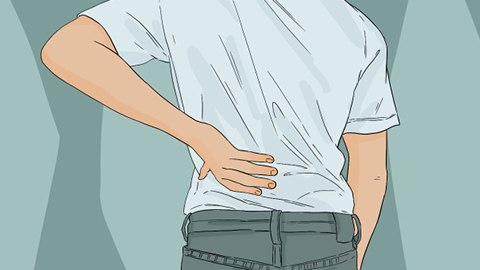What are the exercise methods for ankylosing spondylitis?
Under normal circumstances, patients with ankylosing spondylitis can maintain joint mobility, enhance muscle strength, and improve posture through scientific exercise. Common exercise methods include spinal stretching exercises, joint mobility exercises, low-impact aerobic activities, core muscle training, and posture correction training. The specific details are as follows:

1. Spinal Stretching Exercises: These exercises help relieve spinal stiffness and maintain spinal flexibility. One can perform standing spinal stretches by standing with feet shoulder-width apart, raising both arms upward, slowly rising onto the toes while lifting the head and tilting it backward, holding for 3–5 seconds before slowly lowering back down.
2. Joint Mobility Exercises: These primarily target commonly affected joints such as the sacroiliac joints, hip joints, and shoulder joints. For hip joint exercises, stand with hands against a wall, and slowly lift one leg backward while keeping it straight. Hold for 3 seconds before lowering, then repeat with the other leg.
3. Low-Impact Aerobic Activities: These activities can enhance cardiopulmonary function without excessively burdening the joints. Suitable activities include swimming, using strokes such as freestyle or breaststroke to reduce joint stress through water buoyancy, with each session lasting 20–30 minutes.
4. Core Muscle Training: Core muscles include abdominal and back muscles. Strengthening these muscles provides better spinal support and maintains spinal stability. Plank exercises can be performed by lying prone and supporting the body on the forearms and toes, keeping the body straight without allowing the waist to sag or lift. Hold for 20–30 seconds initially, gradually increasing the duration.
5. Posture Correction Exercises: Long-term poor posture can worsen spinal deformities, so posture improvement through training is necessary. When standing, face away from a wall, place the feet shoulder-width apart, and keep the back of the head, shoulder blades, hips, and heels in contact with the wall, maintaining a neutral head position for 10–15 minutes daily.
Patients should exercise progressively, avoiding sudden increases in activity intensity. A 5-minute warm-up is recommended before exercising, and activity should be paused if significant pain occurs. Exercise intensity should be adjusted according to individual conditions, and long-term adherence to scientific exercise is essential.





